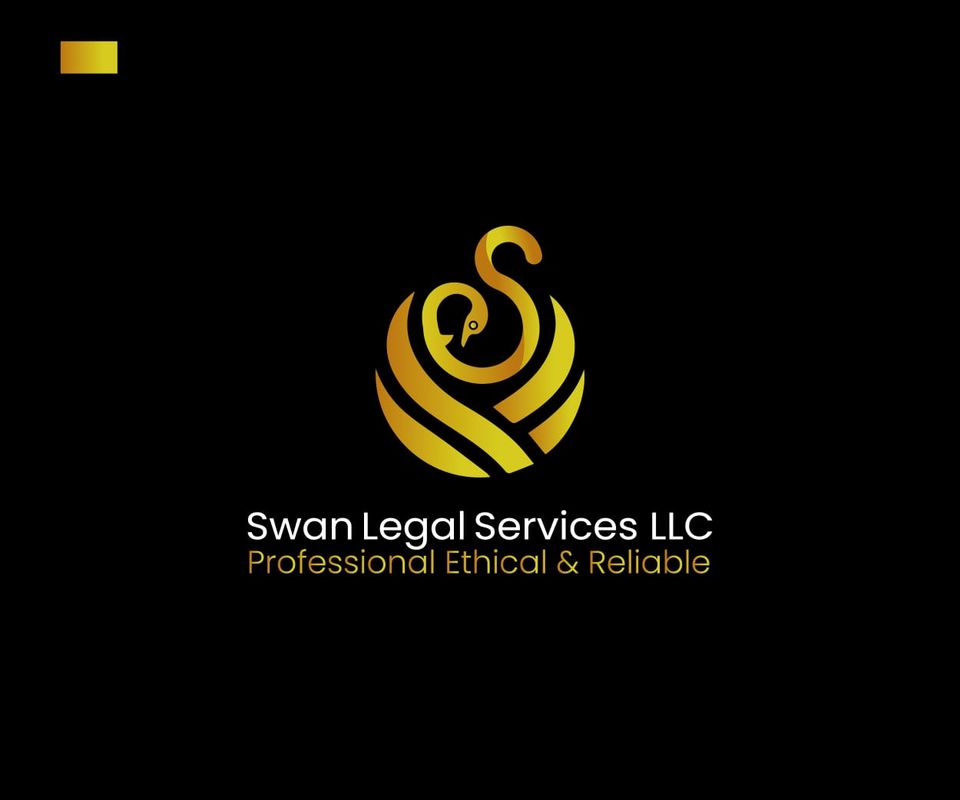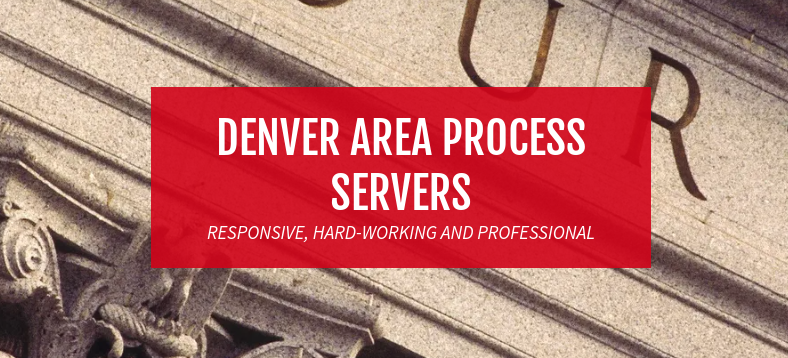 Eviction Process in South Dakota
Eviction Process in South Dakota
If a person has lived in a residence for more than 30 days you should follow the eviction process to have them evicted. The first step in the eviction process is to serve them with a Three Day Notice to Vacate. The notice must list the person(s) being evicted, the reason for eviction, the address they are being evicted from, and the landlord information. View an example of a Three Day Notice to Vacate.
The Civil Division can serve the notice, all fees and deposit information listed above will apply. The South Dakota Codified Laws regarding eviction are found under Chapter 21-16.
 DOWNLOAD FORMS YOU WILL NEED FOR THE EVICTION IN SOUTH DAKOTA
DOWNLOAD FORMS YOU WILL NEED FOR THE EVICTION IN SOUTH DAKOTA
South Dakota Landlord Notices for Eviction / Unlawful Detainer Forms Package
 The South Dakota Rental Agreement
The South Dakota Rental Agreement
South Dakota Residential Landlord Tenant Rental Lease Forms and Agreements Package
It is important that every landlord knows very carefully how to evict a tenant in South Dakota, since one simple violation of the process can undo the whole eviction and even result in a huge fine. Make sure that you maintain your rights to your own legal property by following these simple rules.
A step-by-step guide showing how to evict a tenant in South Dakota:
- Ascertain that the tenant is in violation of the rental agreement. For most landlords, this means that the tenant hasn’t been paying their rent on time. Yet landlords who know how to evict a tenant in South Dakota from experience can tell you that there are many reasons that eviction may be necessary, like the tenant disregarding local law. If the rental agreement no longer applies but the tenant has continued to rent on a month-to-month basis, the landlord may desire to evict their tenant in order to repurpose the property. Obviously, mutually agreed-upon terms and friendly negotiation should be sought in such a circumstance and not eviction.
- Notice must be given to the tenant. At minimum, three days notice must be given before further action is taken.
- File a lawsuit. This step should only taken if the tenant has not taken any steps to move their property out of the premises. If this is the case, the next document a landlord who knows how to evict a tenant in South Dakota will obtain is called a Forcible Entry and Detainer form, which will be turned into the court, requesting eviction.
- Serve the tenant with the lawsuit. Note that if you want to successfully show how to evict a tenant in South Dakota, you will have to serve them with the actual papers. A phone call will not work. You can, however, hire an official called a process server to perform this step for you.
- Tenant has four days to answer. The next step depends entirely on whether the tenant does, in fact, file an answer. If not, then they will be given a court order requiring them to move.
- A hearing occurs. Note that this only occurs if the tenant files an answer to your Forcible Entry and Detainer form. At the hearing, the landlord will need to present their reasons for eviction and show that they’ve thus far accurately followed the rules for how to evict a tenant in South Dakota.
There are a few major mistakes which landlords make that are most definitely not how to evict a tenant in South Dakota. For instance, we are all familiar with the image of a tenant who is locked out of their apartment because the locks have been changed. However, a landlord never has the right to just lock a tenant out of their property, or to shut off essential utilities such as electricity, gas or water. If a landlord does so, their action is illegal, and the tenant may sever the rental agreement automatically.
Your lease or rental agreement should spell out your landlord’s key rent rules, including:
- the amount of rent (there are no limits to how much a landlord can charge in South Dakota since there are no communities with rent control in the state)
- where rent is due (such as by mail to the landlord’s business address)
- when rent is due (including what happens if the rent due date falls on a weekend date or holiday)
- how rent should be paid (usually check, money order, cash, and/or credit card)
- the amount of notice landlords must provide to increase rent
- the amount of any extra fee if your rent check bounces, and
- the consequences of paying rent late, including late fees and termination of the tenancy.
State laws in South Dakota cover several of these rent-related issues, including the amount of notice a landlord must provide to increase rent under a month-to-month tenancy, and how much time a tenant has to pay rent or move before a landlord can file for eviction.
South Dakota Rules on Late Fees
Rent is legally due on the date specified in your lease or rental agreement (usually the first of the month). If you don’t pay rent when it is due, the landlord may begin charging you a late fee. South Dakota state law does not cover late rent fees. If your lease or rental agreement does not say anything about late fees, your landlord may not impose one, no matter how reasonable it is.
Amount of Notice South Dakota Landlords Must Give Tenants to Increase Rent
South Dakota landlords must give tenants at least one month’s notice (in writing) to increase rent or change another term of a month-to-month rental agreement. If you have a long-term lease, however, landlords may not increase the rent until the lease ends and a new tenancy begins—unless the lease itself provides for an increase.
Rent Increases as Retaliation or Discrimination
South Dakota landlords may not raise the rent in a discriminatory manner—for example, only for members of a certain race. Also, South Dakota landlords may not use a rent increase in retaliation against you for exercising a legal right—for example, in response to your legitimate complaint to a local housing agency about a broken heater.
South Dakota State Laws on Termination for Nonpayment of Rent
States set specific rules and procedures for ending a tenancy when a tenant has not paid the rent. South Dakota landlords must give tenants at least three days in which to pay the rent or move, and landLord can terminate with an Unconditional Quit notice.
South Dakota Guide to Tenant Rights
For an overview of tenant rights when it comes to paying rent under South Dakota landlord-tenant law, see http://atg.sd.gov/LinkClick.aspx?fileticket=dScRCy1J6AQ%3d&tabid=407.
South Dakota State Laws on Termination for Nonpayment of Rent and Other Rent-Related Issues
For state rent rules and procedures on issues such as raising rent, see S.D. Codified Laws Ann. §§ 43-32-13 and 43-8-8.
For South Dakota laws on termination for nonpayment of rent, see S.D. Codified Laws Ann. § 21-16-1(4) and 21-16-2.
For names of lawyers in your area who are experienced in housing issues,
Find Law Firms on our Directory.
Find The Eviction Process in other States
Nationalevictions.com is for people who are renting or seeking to rent housing. Our site is for Eviction Information Purposes only, Not Intended to replace your Attorney or any Legal Advice. The reader should always remember your legal responsibilities. After all, you may unknowingly jeopardize your rights by not fulfilling your legal rights as a Tenant or Landlord.
Many of the Chapters and Articles are interrelated. This not intended to be an all-inclusive overview, or the best advice in every situation. Please Consult a Lawyer for your Rights and Protection as to the laws of your State. This information is not meant to be a substitute for the advice of an Attorney.












